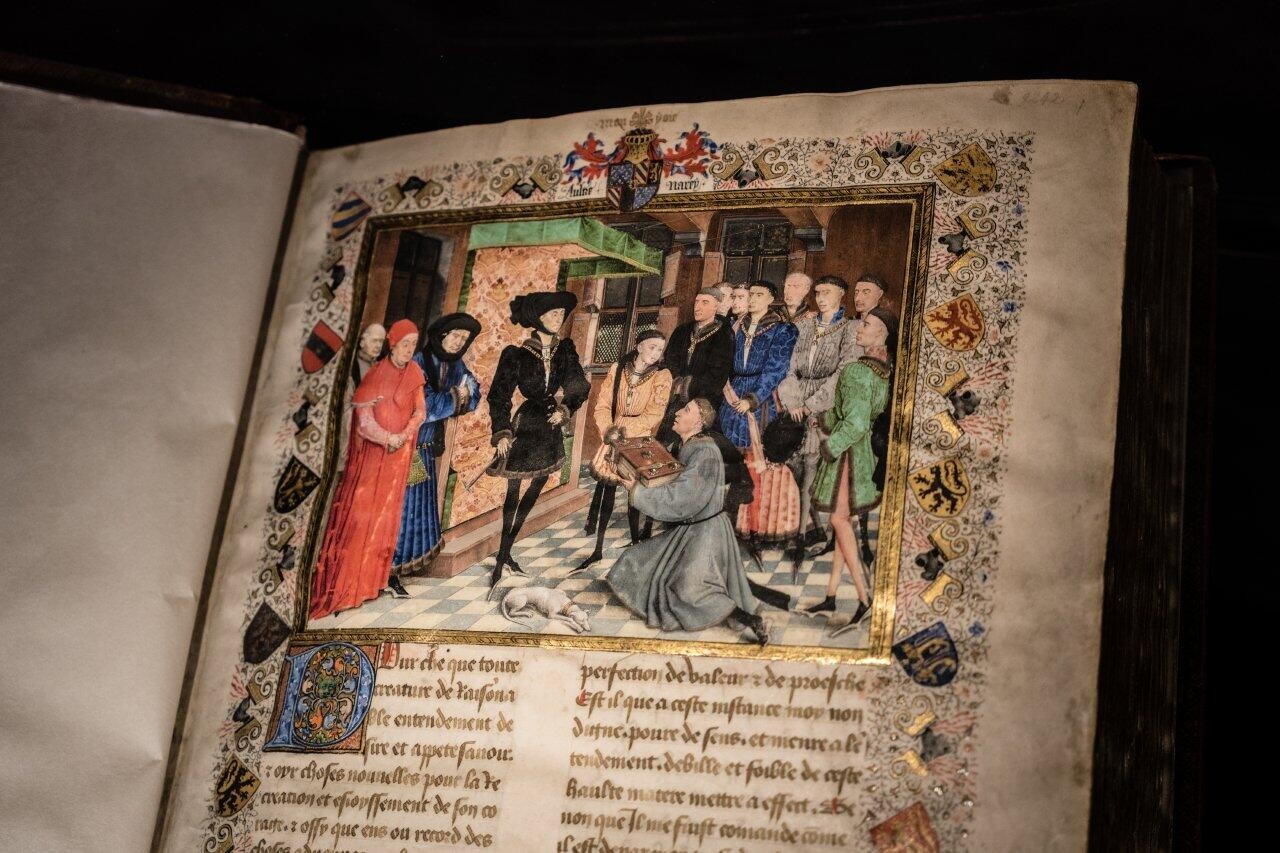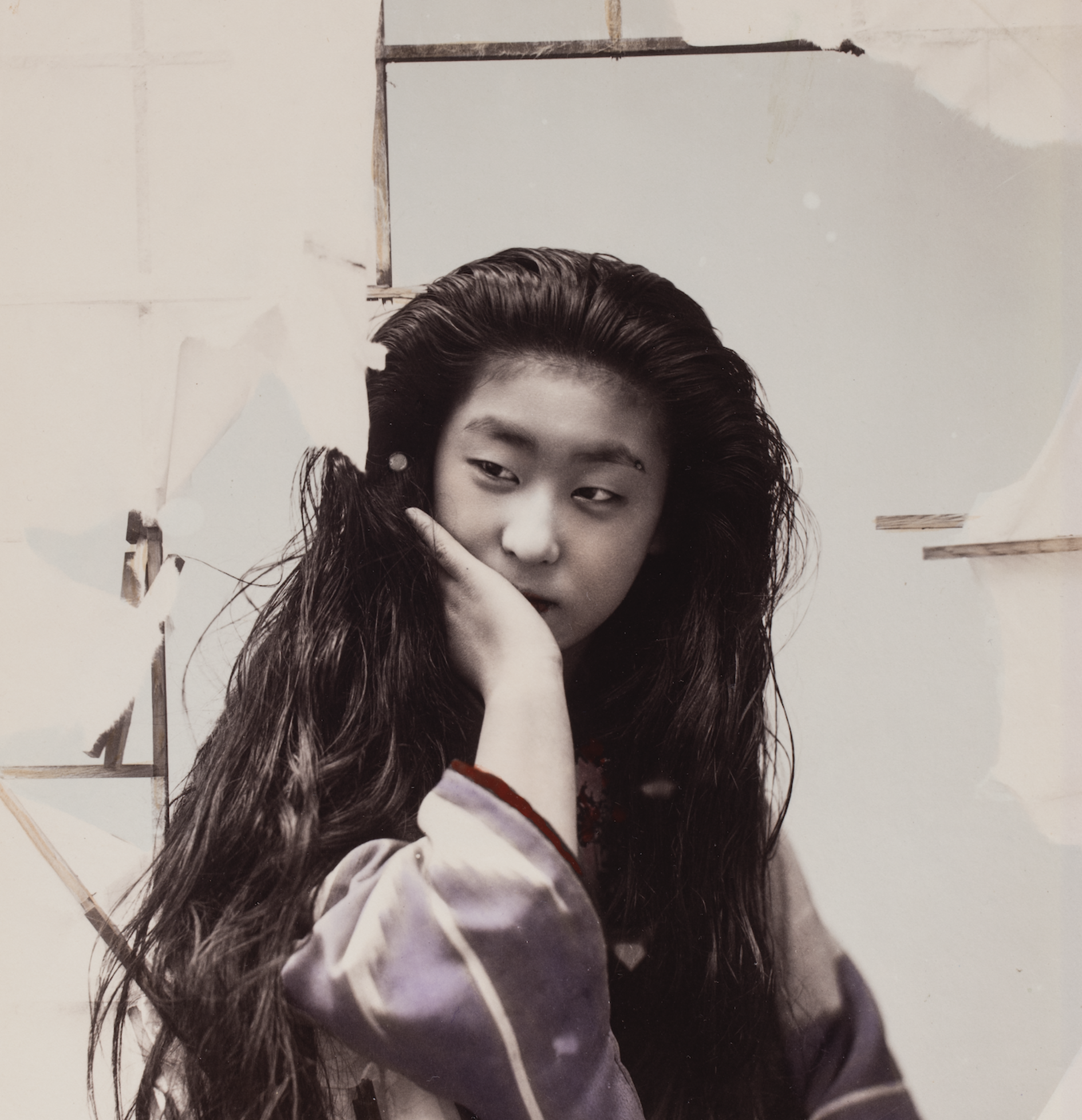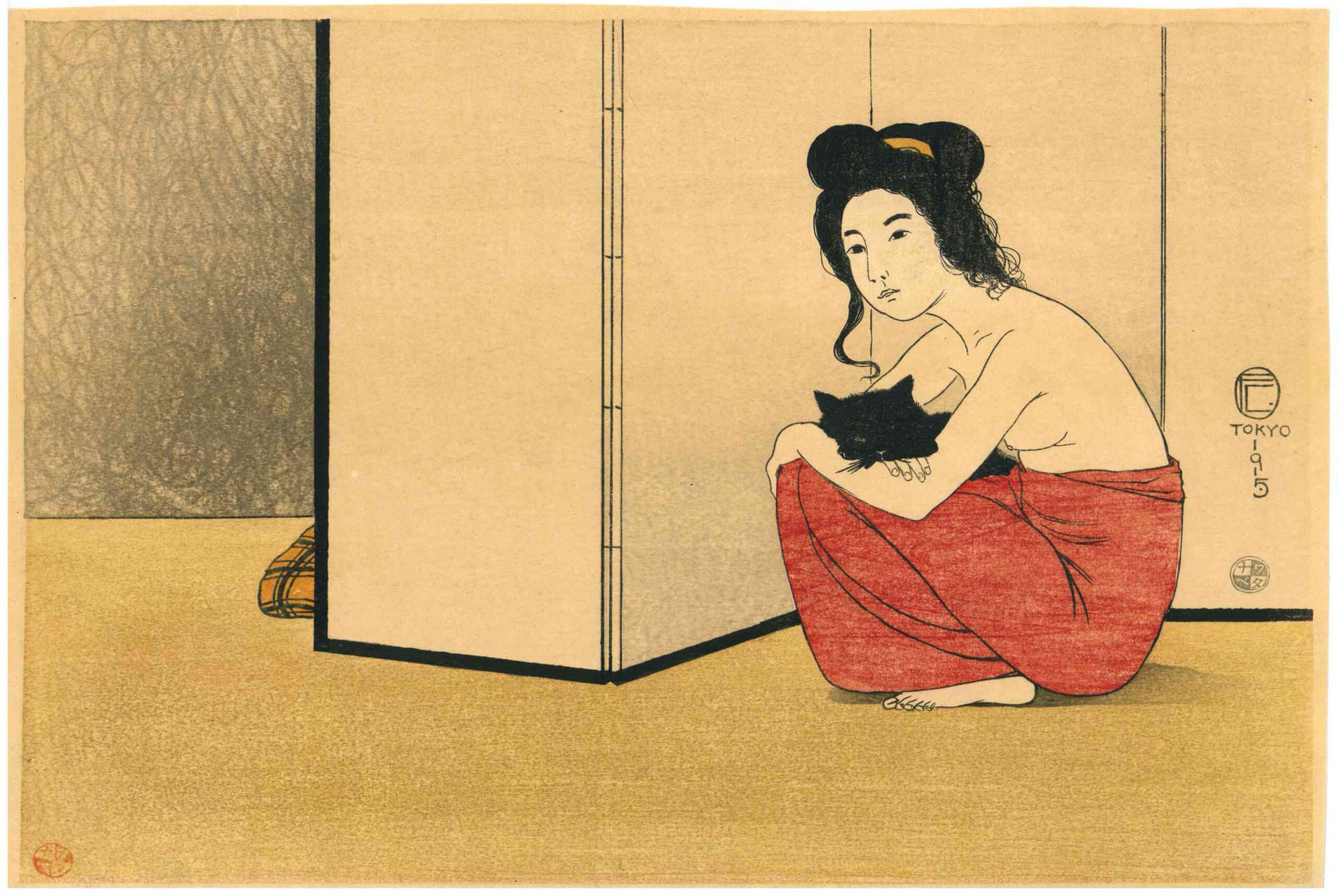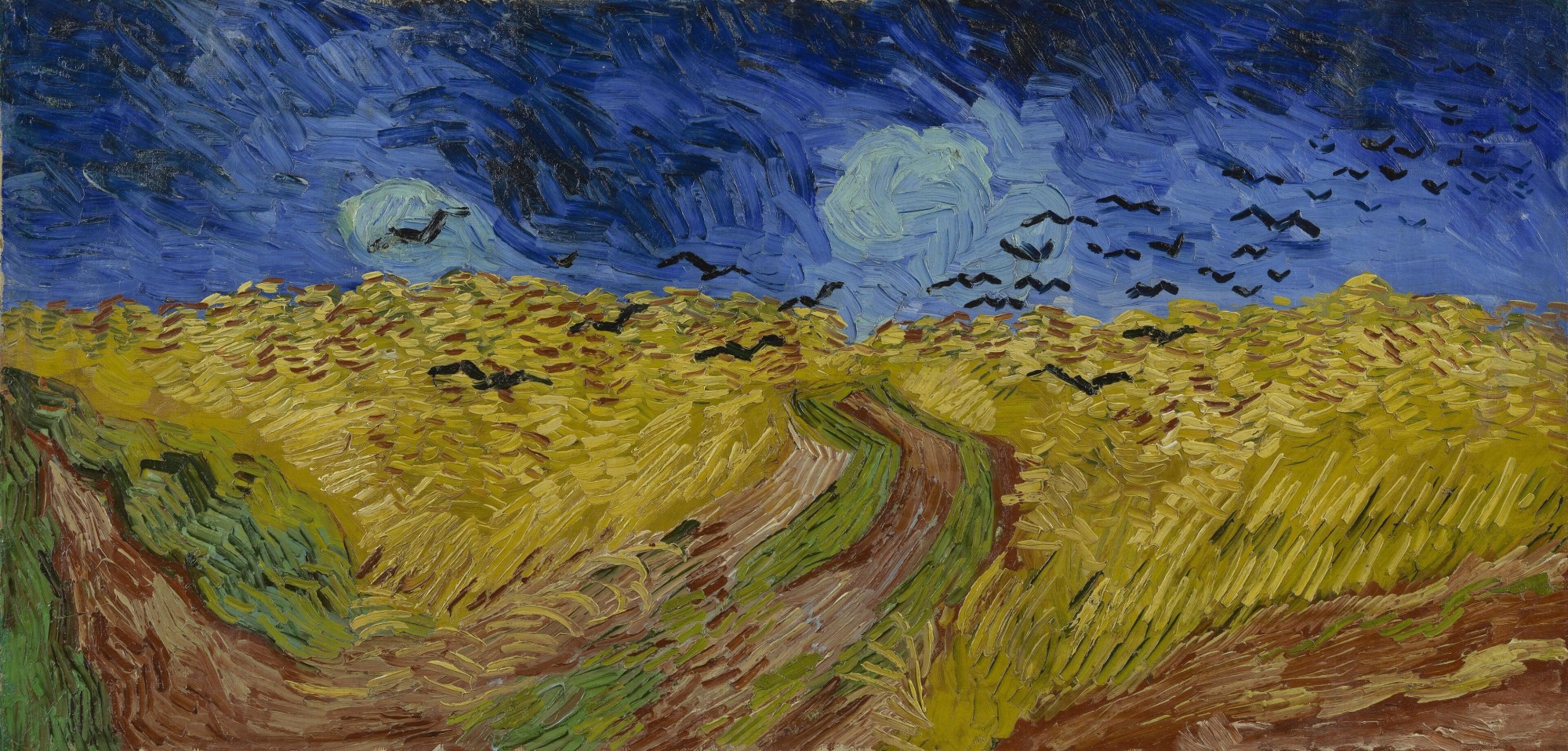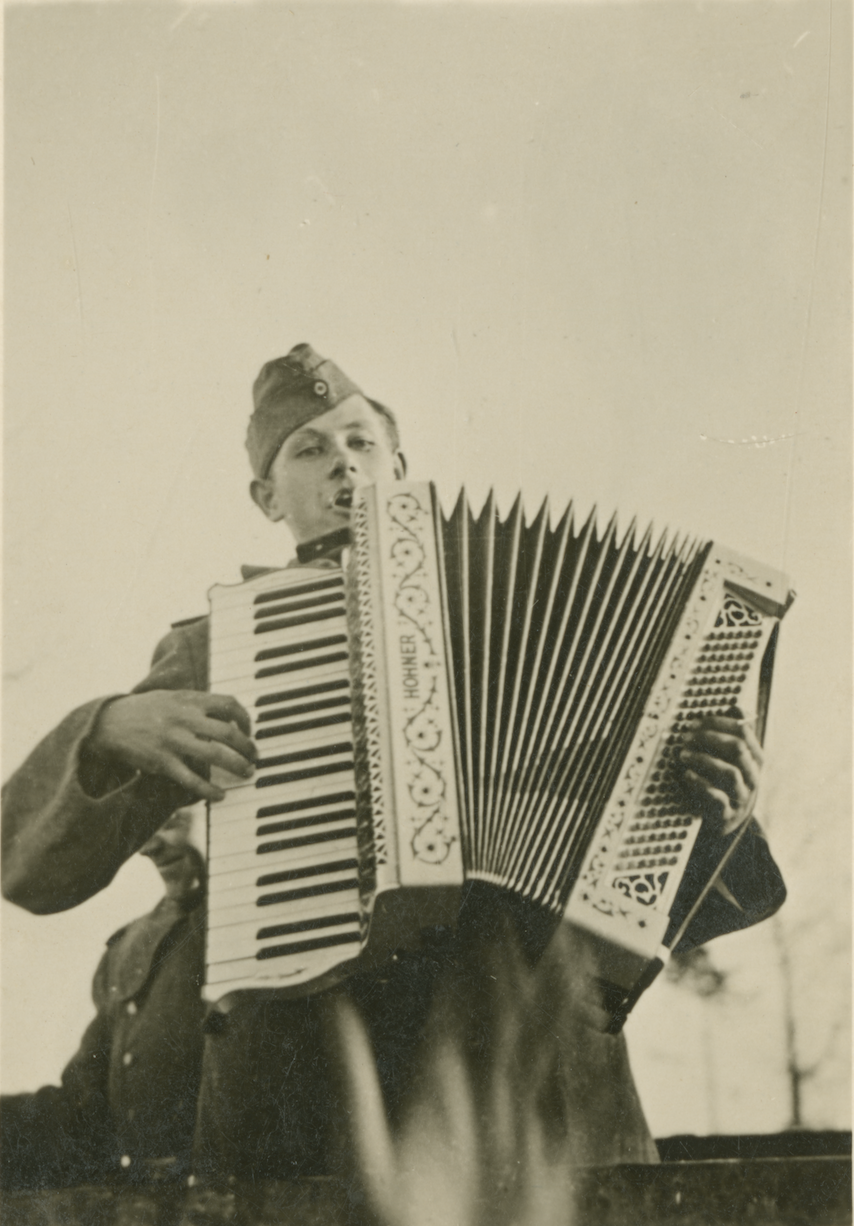Chaim Soutine
"My grandfather, to whom I owe an unconditional love for the Parthenon sculptures, told me that in 1925 Chaim Soutine traveled all the way to Amsterdam to see one particular painting by Rembrandt. I don't specifically remember which painting he wanted to see there, but I suspect it was The Jewish Bride in the Rijksmuseum. Soutine had an obsession with Rembrandt. Sometimes it pays to visit an exhibition for the sake of one piece. One such work of art is the opening miniature of the Chroniques du Hainaut, on display in the permanent exhibition of the finest manuscripts from the collection of the Dukes of Burgundy, at the Royal Library in Brussels, the former Albertina at Mont des Arts. The Chroniques du Hainaut is a French translation of an original Latin text and recounts the largely fabricated history of the county of Hainaut, now in Belgium. It was a piece of propaganda used in the dynastic wrangling of the Burgundians.
Philip the Good and his son
The miniature is a group portrait with the Duke Philip the Good in the center. In front of him and his son, the later Charles the Bold (who must have been fourteen years of age at the time), kneels the translator who offers his work in the form of a heavy binding with impressive book fittings. To the right of the duke are some councillors, including a bishop, and to the left a group of noblemen - like the duke and his son, they are wearing the necklace of the Order of the Golden Fleece, a club that Philip had founded to bind the ballsy nobility to himself.
Only Philip is clearly delineated by the miniaturist, who is identified by some with Rogier Van der Weyden although there is no evidence of this. The other characters form groups with the tired looking councillors on one side and the sheepish knights on the other. Dressed all in black, his feet shoved into pointed shoes, Philip appears to be performing a dance. He and his son are the true subject of this little masterpiece. The son will squander the father's inheritance but the father doesn't know that yet."
(read more below the image)
The patient visitor is rewarded
"The frustrating thing about miniature exhibitions is that a manuscript can only be opened up in one place and so you don't get to see more than two pages. The Chroniques du Hainaut has a total of 122 miniatures and the visitor consequently sees less than 1% of the visual material. This is, of course, unavoidable - unless the manuscript has to be restored and can therefore be taken apart - and so it is good news that the Royal Library will turn over a leaf of the manuscripts on display every three months.
The miniature was not easy to find in the exhibition. Nor was the exhibit itself easy to find. On the outside, the Royal Library evokes the image of totalitarian efficiency; inside, any sense of direction or structure is missing. You walk through endless corridors, past glass doors and reading rooms emptied by Covid, there is hardly any signage, before finally coming out and being rewarded at the magnificent Gothic Nassau Chapel, the starting point of the trail and the only remnant of what must once have been the magnificent palace of Nassau on Coudenberg.
The exhibition itself is rather labyrinthine, with didactic tables explaining in detail the various actions required to produce a 15th-century manuscript, and small, circular, thematic rooms. It is in one such room that the Chroniques du Hainaut lies open. Don't miss it."
Peter Ruyffelaere, publisher
February 2021
More info about the exhibition can be found on the website of the KBR Museum.
